Chapter 5
Civil Rights
By Boundless
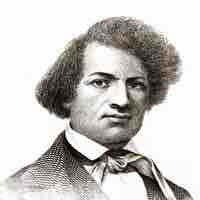
Slavery continued until 1865, when abolitionists argued against its conditions as violating Christian principals and rights to equality.
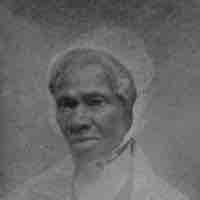
Many women involved in the early abolitionist movement went on to be important leaders in the early women's rights and suffrage movements.
The Civil War Amendments protected equality for emancipated slaves by banning slavery, defining citizenship, and ensuring voting rights.

The NAACP, which was founded in 1909, advocates for full civil liberties and an end to racial discrimination and violence.
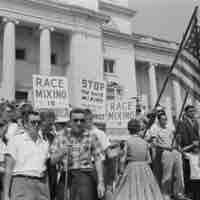
Post-WWI civil rights were expanded through court rulings such as Brown v. Board of Education (1954), which helped integrate public schools.

Separate but equal was a legal doctrine in American constitutional law that justified systems of segregation.
Brown v. Board of Education was a Supreme Court case which declared racial segregation in public schools unconstitutional.

The Civil Rights Movement aimed to outlaw racial discrimination against black Americans, particularly in the South.

The Civil Rights Act of 1964 outlawed forms of discrimination against women and minorities.
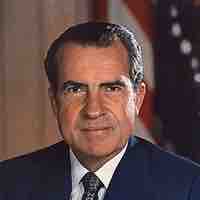
The Civil Rights Movement influenced racial integration, but tensions with affirmative action and racism still affect racial relations.
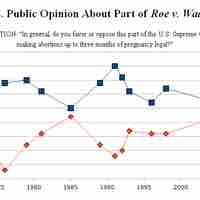
The women's rights movement refers to political struggles to achieve rights claimed for women and girls of many societies worldwide.

Gender discrimination refers to prejudice or discrimination based on gender, as well as conditions that foster stereotypes of gender roles.

The Women's Suffrage Movement refers to social movements around the world dedicated to achieving voting rights for women.

The feminist movement refers to a series of campaigns for cultural, political, economic, and social equality for women.
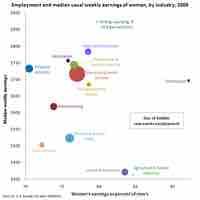
Women's participation in the workforce has been a relatively recent phenomenon and is still associated with many continuing challenges.
In recent decades, women have served in more political posts and organizations, but they remain underrepresented in comparison to men.
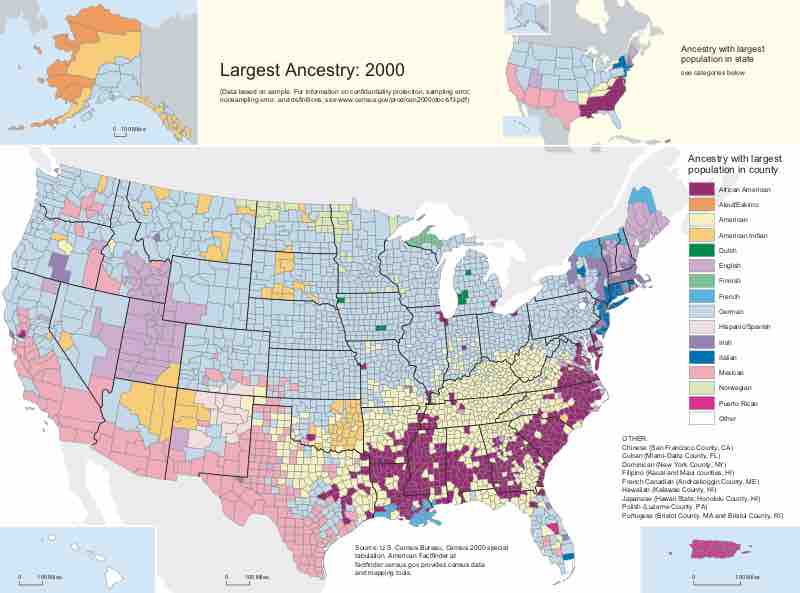
Policies regarding immigration, language, and voting are modern-day civil rights issues that affect Latinos living in the United States.

Civil Rights controversies surrounding Asian Americans include early immigration restrictions and xenophobia during the Second World War.
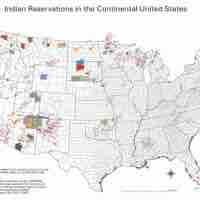
Historical policies of American expansion have infringed upon the rights of Native Americans and have lead to long-term inequality.

Disabled Americans face limited access to public places and institutions that civil rights legislation seeks to address.
The elderly, or senior citizens, are vulnerable to civil rights abuses due to a propensity for sickness, disability, and poverty.

Lesbian, gay, bisexual, transgender, and queer/questioning (LGBTQ) people have attained many civil protections, but are still subject to discrimination.
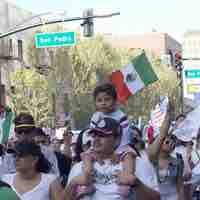
Immigrants are vulnerable to civil rights violations, often due to low socioeconomic status, language barriers, or xenophobia.
The Supreme Court is the highest court in the United States and has ultimate jurisdiction over all courts that involve a contest of federal law.
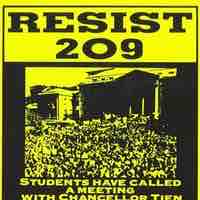
Affirmative action measures, particularly those pertaining to higher education, have been politically controversial in the United States.

Opponents have tested affirmative action programs politically and legally through referendums and lawsuits since the 1970s.

The legal standard of strict scrutiny, the most stringent standard of judicial review, must be used in all court cases involving affirmative action.
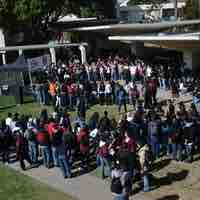
Debates over affirmative action center around the question of whether diversity in the classroom merits a program of state intervention.
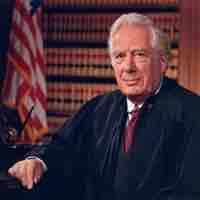
The first affirmative action case to come before the Supreme Court dealt with affirmative action in employment.
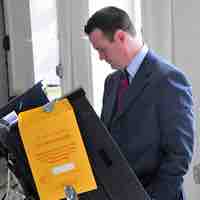
States and the federal government have argued about the appropriate implementation of affirmative action policies.

The 1978 Supreme Court case Bakke was the first case before the Court of affirmative action in higher education.
Since Bakke, the Supreme Court has been questioning the constitutionality of affirmative action programs.